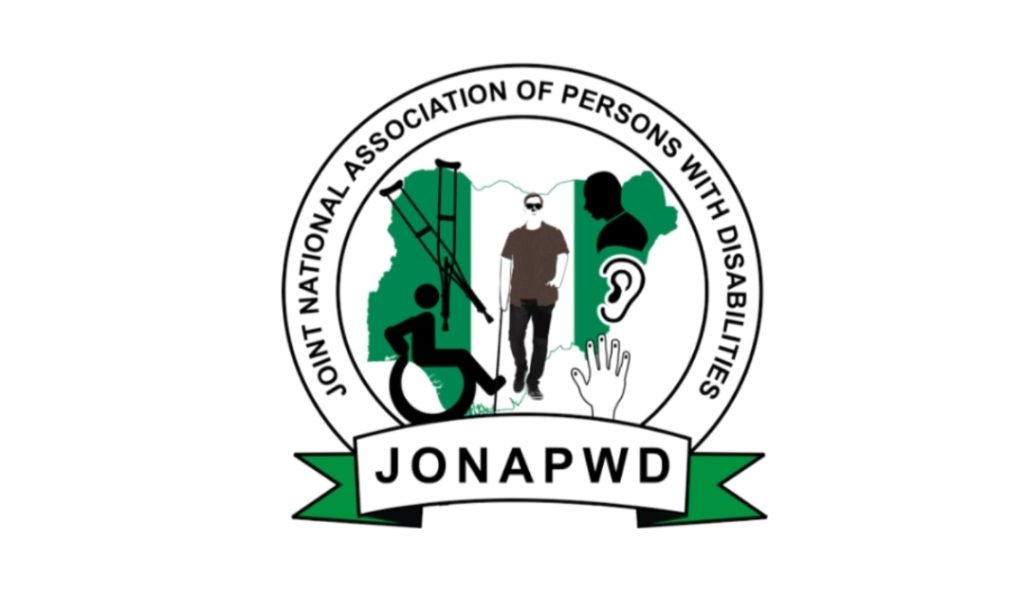*By Oluwole Ajakaiye
As a continuation of the discussion on “Tourism in Rural Areas: A Key to Broad-Based Empowerment, Preservation, and Exposure of Our Cultural Heritage,” it is essential to explore the immense potential within the Federal Government’s “Renewed Hope Creative Villages” initiative. This initiative presents a significant opportunity to generate employment for both local residents and diaspora members seeking engagement in meaningful projects.
Essential Infrastructure for Rural Tourism
To unlock the potential of rural areas for tourism, several key infrastructural developments must be prioritized: Public toilets with boreholes powered by solar energy, Parks and nature reserves, Sporting fields and recreational centers, Urban beautification projects, including tree planting and planter boxes, Street naming and signage, Traffic sign installations, Development of central arenas or city centers, Reorganization and modernization of markets, and Renovation of dilapidated marketplaces.
Event Tourism: Edo North as a Case Study
Edo North boasts a rich cultural heritage evident in its vibrant festivals. Examples include:
Ososo Annual Carnival, Ososo Itakpo, Osumeh, and Owa Unehe Festivals, Orupeza and other Igarra Festivals, Okpameri Festivals, Okpekpe Annual Race (Etsako), Owan Festivals, etc.
By harmonizing these cultural festivities, rural communities can attract visitors from home and abroad, thereby fostering economic growth through tourism.
The Role of Local Authorities in Event Tourism
Event tourism should be a strategic priority for local governments due to its potential to:
Stimulate infrastructure development, Promote rural destinations, Increase employment opportunities, Local authorities can support tourism through grants, coordination of promotional efforts, and investment in festival organization.
Stakeholders in Rural Tourism Development
For rural tourism to thrive, a multi-stakeholder approach is necessary. The key stakeholders include:
Government bodies (State, Local, and Federal); Traditional leaders (Kings, Chiefs, Village Heads); Ministries of Information, Culture, Education, Finance, Trade, Health, and Transport; Security agencies (Police, Road Safety Corps, Local Vigilante Groups); Financial institutions (Banks, POS Operators),
Hospitality sector (Hotels, Guesthouses, Restaurants, Bukaterias); Educational institutions (Universities, Polytechnics, Technical Colleges, Secondary and Primary Schools); Market associations, farmers, artisans, craftsmen, and artists; NGOs, historians, and content creators.
Reviving Cultural Heritage
Western influences and modernization have significantly impacted traditional practices. However, it is crucial to preserve:
Traditional marriage ceremonies, Cultural festivals, Local food and drinks, Indigenous crafts, including textile weaving, blacksmithing, and pottery, Historical war regalia, songs, and dances.
An aggressive awareness campaign is needed to educate the younger generation on the value of cultural heritage and attract tourists who seek authentic cultural experiences.
Strategic Planning for Tourism Development
To develop rural tourism, comprehensive planning and phased implementation are essential. This includes:
Infrastructure Development: roads, parks, galleries, libraries, market stalls, public amenities, accommodation, and healthcare facilities.
Tourism Information Centers: providing details on historical landmarks, events, cultural practices, and tourism hotspots.
Cultural Exhibitions and Museums: showcasing artifacts, paintings, carvings, textiles, and historical records.
Economic and Job Creation Opportunities:
Employing local tour guides, establishing transport services, supporting local restaurants, and producing souvenirs.
Case Study: Ososo as a Cultural Hub
Ososo presents a prime example of untapped tourism potential. With its unique festivals, traditional industries, and scenic landscapes, Ososo can serve as a model for rural tourism development. Notable attractions and cultural elements include:
Festivals: Itakpo, Osume, Owaa, Unehe
Traditional Crafts: Loom weaving, pottery, dyeing, drum-making, and blacksmithing
Tourist Attractions: Oruku, Ulori, Ikokose, Ukwemigbewo, and others
Conclusion
To maximize the benefits of rural tourism, industry players must adopt inclusive management strategies that involve local communities in planning, product development, and marketing. Sustainable tourism enhances the economy, promotes cultural preservation, and enriches the lives of local residents.
By harnessing these opportunities, Edo North and other rural areas can establish themselves as vibrant cultural tourism destinations, ensuring long-term socio-economic growth and heritage conservation.
*Oluwole Jerome Ajakaiye is a Professional Quantity Surveyor, +2349037865928 oluajax@gmail.com A Fellow of the Royal Institution of Chartered Surveyors of the United Kingdom, an advocate of culture and preservation of our Cultural heritage.

